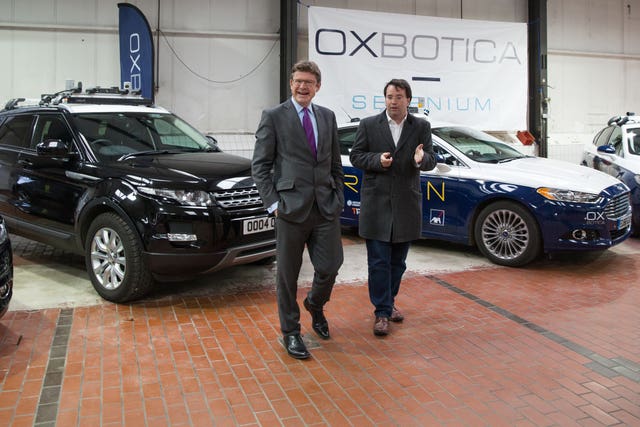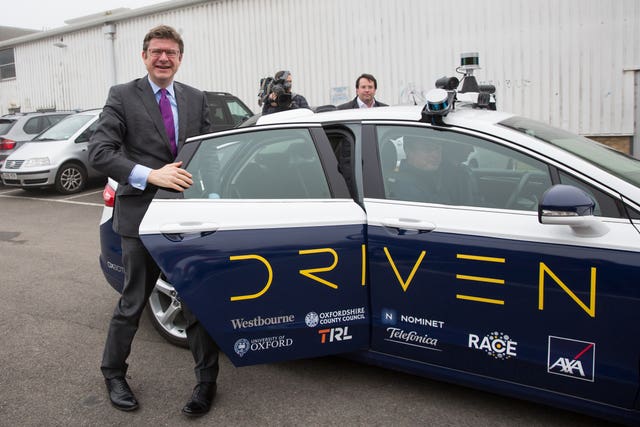Autonomous vehicle trials serving London and Edinburgh have received a funding boost from the Government as the UK ramps up its self-driving ambitions.
Three pilots have been announced, ranging from self-driving taxis to autonomous buses, that will get a share of a £25 million grant in a bid to bring self-driving vehicles onto UK roads by 2021.
An autonomous bus pilot in Edinburgh, known as Project CAV Forth, receives a £4.35 million slice of the fund, paving the way for a service running from the Forth Bridge into the city centre.

Five single-decker manual buses will be converted as part of the pilot, carrying up to 42 passengers for 14 miles.
In London, Project Apollo – led by Addison Lee who is working with a number of software companies, will receive £8.84 million towards the development of autonomous taxis, building on its existing tests in Greenwich.
A second pilot in the capital, ServCity – headed up by Jaguar Land Rover, takes £11.15 million, as it develops a mobility service using six autonomous Land Rover Discovery vehicles.
Business and Energy Secretary Greg Clark announced the winning bidders in Oxford on Thursday, after trying a self-driving vehicle first-hand, which is being tested around the city.
“Today is very significant because it just shows that the decision that we took to have autonomous vehicles as the heart of our industry strategy is now paying fruits,” Mr Clark said.
“We will see over the years ahead the use of these cars and vehicles right across the country, and so what we’re announcing today is that we’re going to have a pilot in Edinburgh for example, for a bus to drive autonomously into the city centre from outside.
“In London, we’re going to have Addison Lee cabs that are going to make use of the technology and further testing right across the country, so what was previously a rather futuristic hope has now become a reality.”

The MP was taken on a test vehicle run by autonomous vehicle software company Oxbotica, the first person outside its technical team to try the autonomous mode on the streets of the UK.
Co-founder Paul Newman travelled alongside, explaining how the system works.
All the projects will include social behavioural research, to understand how driverless technology can be seamlessly integrated into society, with the findings applied to the development for future autonomous service models.
The Government’s Centre for Connected Autonomous Vehicles was established in 2015, in a bid to make the UK a world leader in self-driving technology, with £250 million – match-funded by industry, being invested so far.
Trials are already under way in parts of the UK, including Bristol, Coventry, Greenwich and Milton Keynes.
